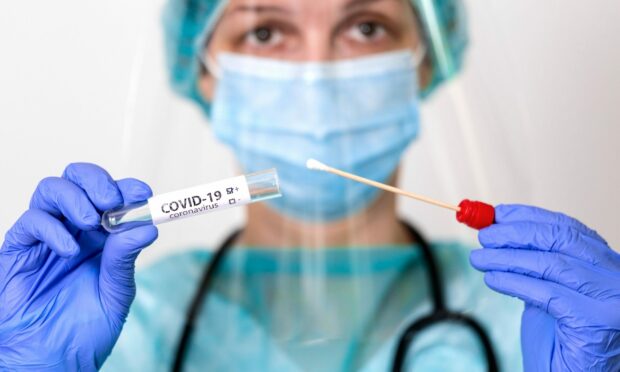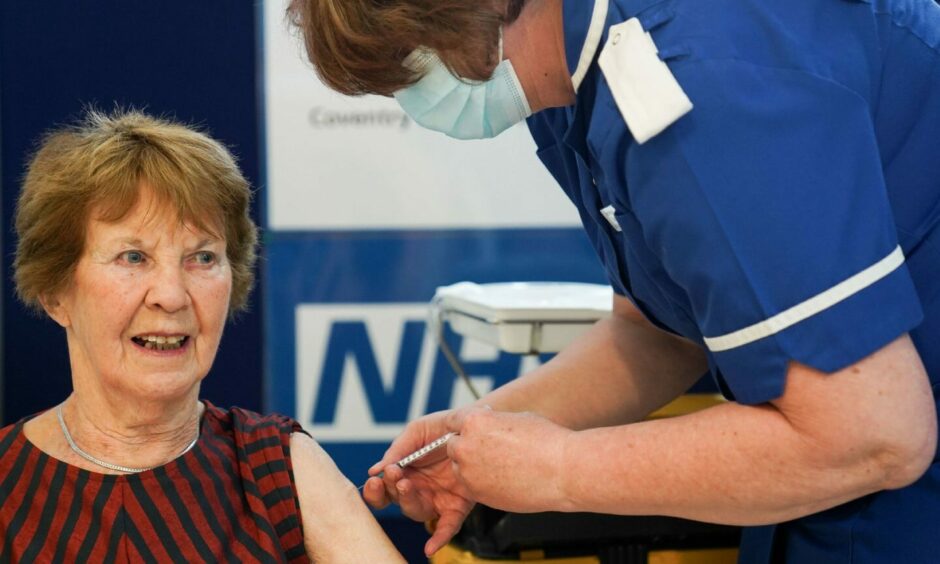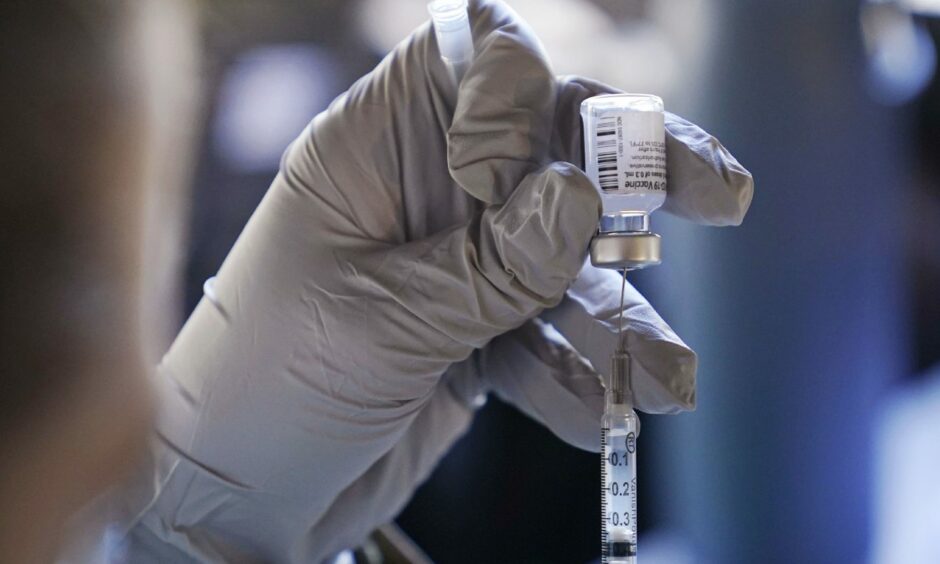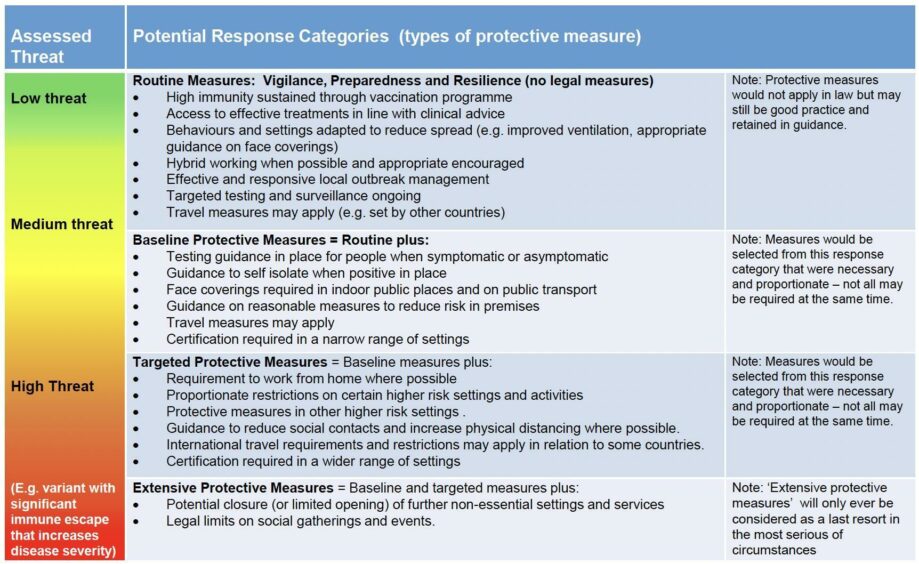The rules around self-isolating will change on Sunday, May 1.
From then, the guidance will be “stay at home” if you have symptoms – the list of which has also been expanded.
People with suspected Covid will no longer need to take a PCR test and contact tracing, the Protect Scotland app and testing sites will also come to an end.
If someone does test positively, they will now be asked to stay at home for five days, and not the 10 days previously advised.
Describing the changes, Health Secretary Humza Yousaf said Scotland was now in a “different phase” of the pandemic, and was focused on “reducing severe harm”.
He said: “The primary purpose of testing is changing from population-wide testing to reduce transmission, to a targeted response focused on reducing severe harm of the virus.
“As we are now seeing a steady reduction in new Covid cases, the NHS will no longer remain on emergency footing after Saturday April 30.”
What is changing?
- PCR tests for the wider public will end on April 30.
- Test sites around Scotland will close on April 30.
- The Protect Scotland app will close – but users are asked to keep it on phones in case it is needed at a later date.
- Contact tracing is coming to an end, as of April 30.
- Adults, other than the eligible group below, who have symptoms of Covid, another respiratory illnesses, and have a high temperature will now be advised to stay at home.
- Children and young people under 18 with mild symptoms do not need to stay at home and can continue to attend education settings.
- As of April 30 the NHS will be taken out of emergency footing.
- The Highest Risk List – formerly known as the Shielding List – will be formally ended on May 31.
Covid guidance is changing.
Who can still be tested?
Testing will remain available to certain groups including health and social care workers, care home and hospital visitors.
Patients eligible for treatment, hospital patients, unpaid carers and people in prison will also be able to be tested under a new scheme announced by the Scottish Government.
Covid symptoms
From Sunday the list of symptoms for Covid is also being expanded.
The list will now include:
- fever
- new continuous cough
- loss of sense of smell
- shortness of breath
- unexplained tiredness
- lack of energy
- muscle aches or pains
- unusual hunger
- headaches
- sore throat
- stuffy or runny nose
- diarrhoea
- feeling sick or being sick
Has Covid gone away?
While all Covid rules and restrictions in Scotland have now been lifted – the government is reminding people that “the virus has not gone away”.
The government is advising people to use “Covid sense”.
- get your vaccine when offered to ensure you are fully protected
- open windows when socialising indoors
- wear a face covering in indoor public places and on public transport
- wash your hands to protect yourself
- take an LFD test before visiting someone in a hospital or care home
- Care for yourself and others to help slow down the spread of the virus and reduce pressure on our health services.
What does the ‘threat level’?
The threat level is currently “medium”, but by Monday it should have been lowered to “low threat”.
The Scottish Government has issued a chart showing what the threat level means and what it might do to mitigate Covid.
Among the measures at the low threat level are opening windows, local outbreak management and targeted testing and management.
What financial support is there?
Due to rules around self isolating changing, the grant that was paid to people who were ill with Covid has also been altered.
Social Justice Secretary Shona Robison said: “From May 1, eligibility for the self-isolation support grant will change in line with updated self-isolation and testing requirements.
“We are ensuring people on low incomes can still receive financial support if they need to isolate, providing a transition period until June.
“The grant amount will be £225 from May 1, reflecting the revised public health guidance which advises people who test positive to stay at home for five days, instead of the 10-day isolation period that was previously in place.”



